New York-based photographer Ebru Yildiz says that while she was growing up in Turkey, “It was not cool to like Turkish music. The whole live music scene was dominated by cover bands that would play hits from the United States and Europe.” But something surprising happened when Yildiz moved to New York in early 2000; she kept running into musicians who were thrilled to learn she was from Turkey. When they enthusiastically asked her about Turkish musicians like Erkin Koray or Selda Bağcan, Yildiz’s embarrassment grew when she had to admit over and over that she knew almost nothing about Turkish musicians. She says it started to feel like “not knowing them was like not knowing the capital of Turkey.” So, Yildiz started to listen to them, and then she started to photograph them, producing a series called “The Sounds From the Turkish Music Scene.” Yildiz says that when she first listened to Turkish music, she was blown away. “Turkey is split between the Asian and European Continents and the music that comes out of it is as unique as the country’s location.”
Sarah Stacke: How long did it take you to complete “The Sounds From the Turkish Music Scene”?
Ebru Yildiz: This project took little over a year, on and off, from start to finish. I had to do a lot of research to compile a list of musicians and bands that might be of interest and that would be a good representation of the music scene in Istanbul. I spent a couple months compiling names, then an intense listening period to narrow the list down. Once I got down to 20 names on the list, I started doing research through Turkish media about each band/musician to get an understanding of where they were coming from and to learn everything there is to know about them. Scheduling the shoots actually turned out to be a bigger challenge than I thought it would be, since nothing is very organized over there. Working in the music industry here, I am used to reaching out to managers and public relations people and receiving answers right away, but this definitely was not the case there. The actual shoot itself took 16 full days and nights. When I came back, I spent almost four full weeks on developing, scanning, editing and transcribing and translating the conversations we had.
SS: Why did you choose to shoot this series on film?
EY: I started making photos on film, and still to this date, whenever the time allows, I choose film. Film has a very nostalgic side for me so it suited this project in that sense. And to be perfectly honest, I could not imagine Istanbul in any other way. There is so much history, texture—both physical & cultural—and I believed these would be best represented on silver. Shooting only digital would be too sterile for Istanbul. But I am one of those photographers who is extremely skeptical of airport x-rays regardless of what kind of film bag I use. For that reason, I shot some with my digital camera as a back up. And a few digital shots made their way into the photo essay because they were just better photos than their film versions.
SS: How did learning about and documenting the Turkish music scene change your perceptions or view of your home country?
EY: You know, when you have an intense relationship with someone, you never understand what the problems are while you are still in the relationship. You only see the things for what they are when you are able to look at things from afar and after a certain period of time passes. That is exactly what happened to me, but just in the reverse. Instead of seeing all the negatives, I saw all the positives because most of the negatives during the time I lived there were self-exaggerated. Of course, times have changed and Turkish people are facing problems more profound these days. But, this project was already born out of this lately bloomed love for my country and my people. And meeting and spending time with the best of the Turkish music scene just made my feelings stronger. The more I learned about the obstacles that they face on a daily basis and their relentless and strong willed paths, my respect for them became deeper.
SS: Why do think it wasn’t cool for your generation to listen to Turkish music growing up?
EY: One of the relationship problems that I was talking about in the previous question is that while I was growing up, there was this unquestioned admiration for the United States and Europe. But it was not a simple “looking up to” or “being inspired” by countries that are kind of ahead of you, you know? It was definitely more than that. It was more like trying to make someone else’s culture that you don’t understand your own, while denying your own with passion. It was a self-imposed assimilation while you still live in your own country’s geography. So anything that is Turkish was not cool at all, including clothing brands. And unfortunately Turkish music had its own share, our generation took pride in saying “I don’t listen to Turkish music.”
SS: Has this changed for youth in Turkey? Today, in general, do Turkish youth appreciate Turkish music?
EY: If it were not for Americans and Europeans who thought both Erkin Koray and Selda Bağcan are incredibly talented musicians that create super original music, I am not sure how long it would have taken us to go back for a second listen to see what they are all about. But most important thing is the perception toward Turkish music is certainly being redefined and it is very exciting and hopeful. There has been a bloom in the past seven, eight years. There are all these younger musicians who are embracing the ones that came before them, and not all but some of them take pride in using sounds and melodies that are very Turkish. Since there have been lots of younger bands emerging, this has reflected in the listening habits of the audience as well.
SS: What was the biggest challenge you encountered while shooting this series and how did you meet it?
EY: One of the logistical challenges was reaching Erkin Koray. He was one of the reasons why this project started and I could not imagine it without him. Without exaggeration, it took me literally three months, asking favors from at least ten different people and [writing] a couple of short essays to reach him. But I have to say it was worth every second.
While I was transcribing and translating, I realized what a big responsibility it was to pick and choose one or two quotes from an hour-long conversation to represent one person’s view. My initial instinct was to pick all the obstacles that they were talking about because that is what was piquing my interest and supporting my own personal view. But quickly I realized what I was doing, and how it was taking the whole piece toward a very pessimistic view and that was not how they were feeling at all. On the contrary, the way they were talking about the whole scene was very hopeful while they were being incredibly realistic about the difficulties that they were facing on a daily basis. So finding that balance that they manage to have in real life on paper was really tricky.
SS: What else would you like the world to know about this series? or Turkey?
EY: All the musicians that are covered in this story are incredibly talented, and they are super dedicated to what they are doing, and they deserve to be heard by a wider audience than they have right now. So I would recommend strongly for the readers to give their music a try. I compiled two playlists: the first half of the bands can be found here and the second half here.
—Sarah Stacke
Related Articles:
Little Wars
The Art of Photographing Celebrities
Anton Corbijn: My Kind of Photographs
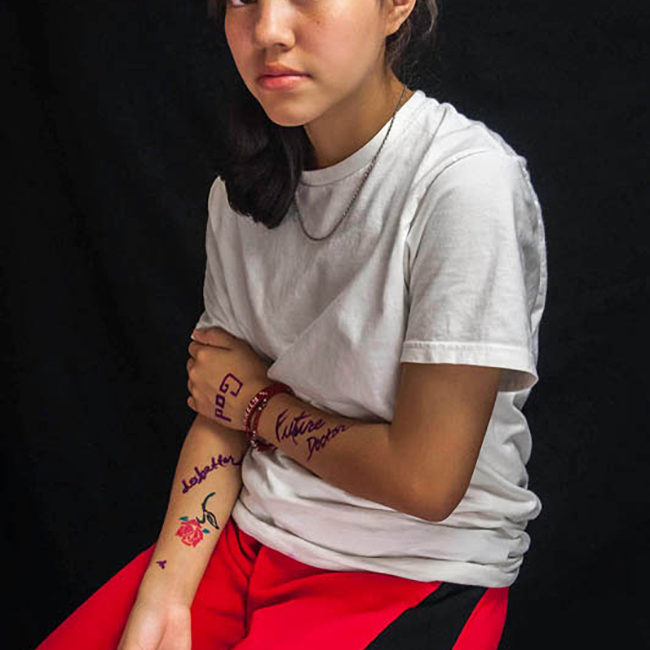
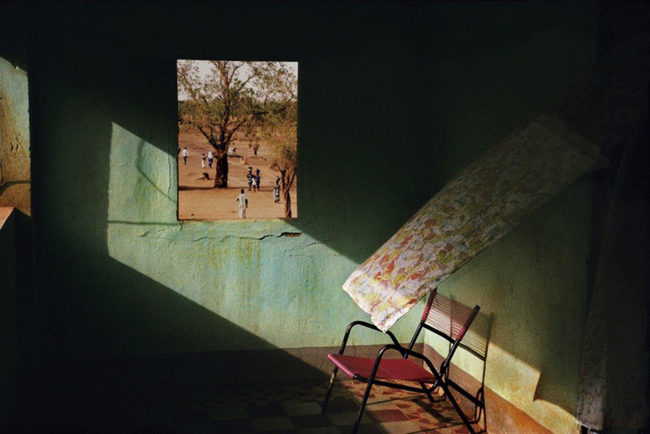



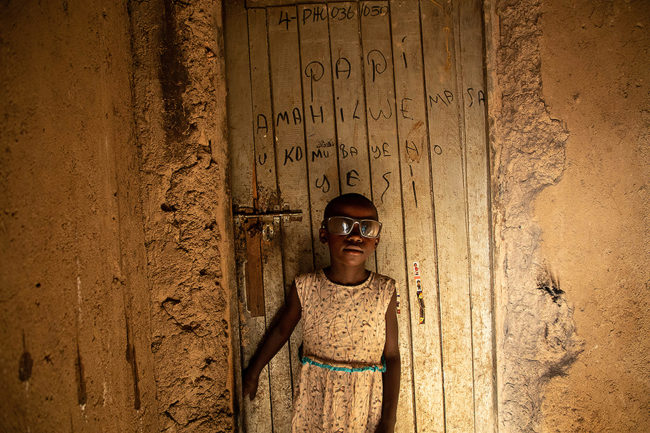


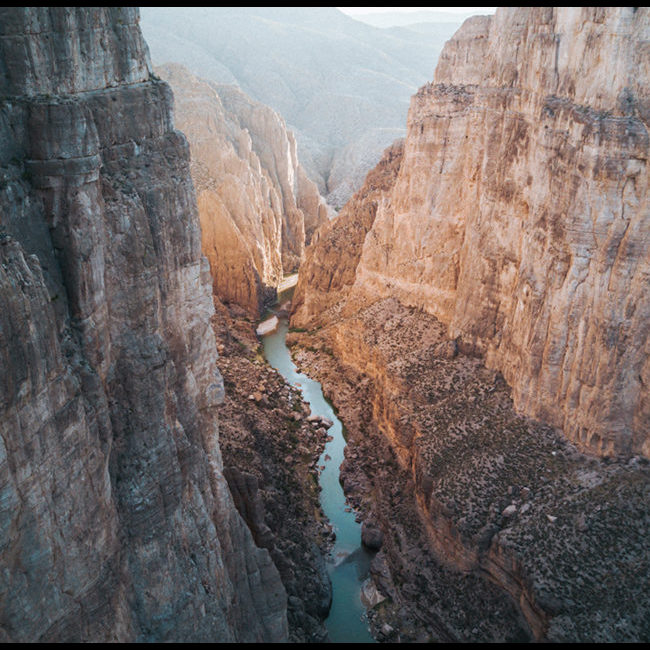
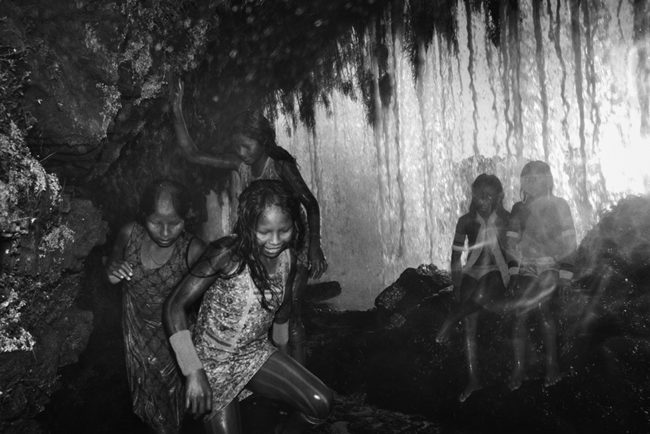
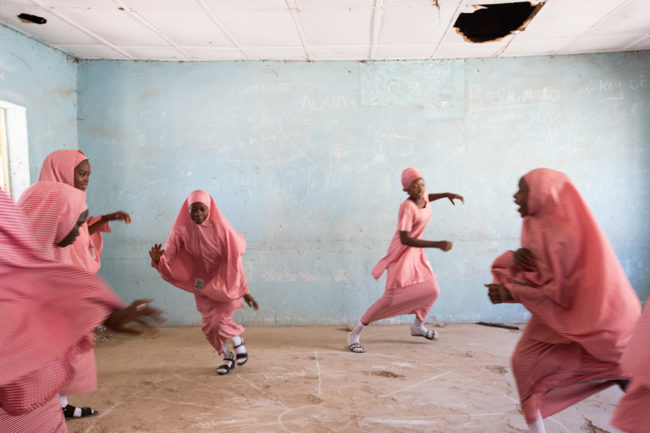
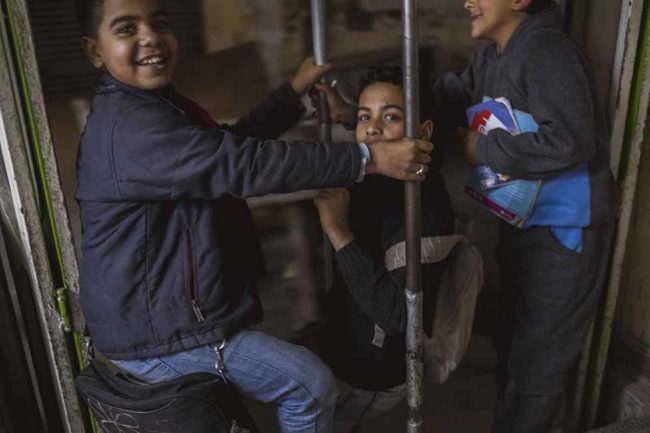
So it was decidedly cool to be into Turkish music when Americans told you it was cool.